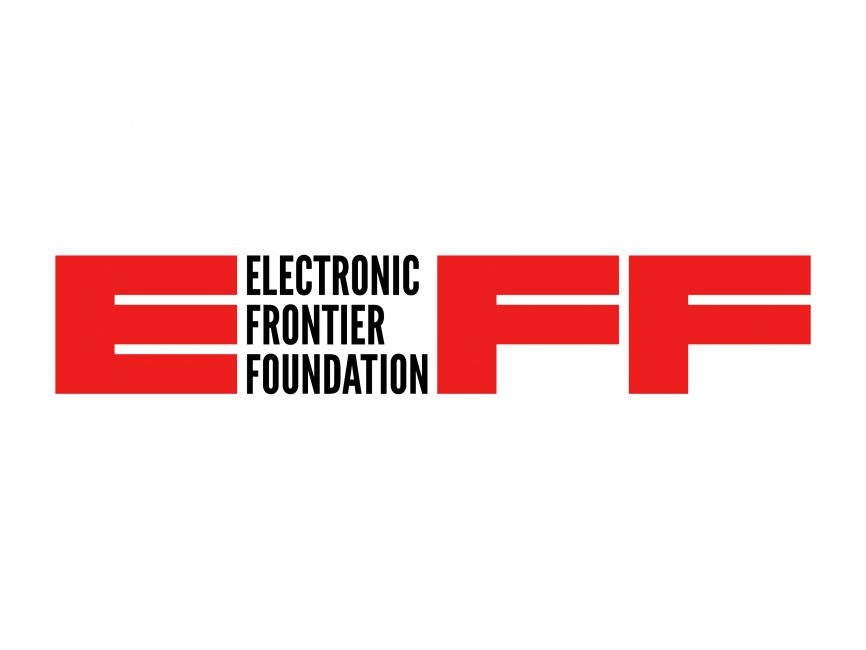this post was submitted on 11 May 2024
87 points (100.0% liked)
Free and Open Source Software
17943 readers
34 users here now
If it's free and open source and it's also software, it can be discussed here. Subcommunity of Technology.
This community's icon was made by Aaron Schneider, under the CC-BY-NC-SA 4.0 license.
founded 2 years ago
MODERATORS
you are viewing a single comment's thread
view the rest of the comments
view the rest of the comments

You want to try something interesting but want to dual-boot. That last bit could be difficult or "impossible" but using a VM or running from USB stick are options.
I feel like Talos Linux is NixOS applied to a very specific purpose: kubernetes.
I've recently been playing with kubernetes, and talos linux feels like cheating.
I think NixOS could has a huge market unexplored of server side deployments. Install NixOS, connect to the fresh install via a CLI tool, apply the patches (flakes?), and have an easy way to reset to base NixOS when you make a mistake so you can try a different set of patches.
All from the cli, all with idempotent config files.